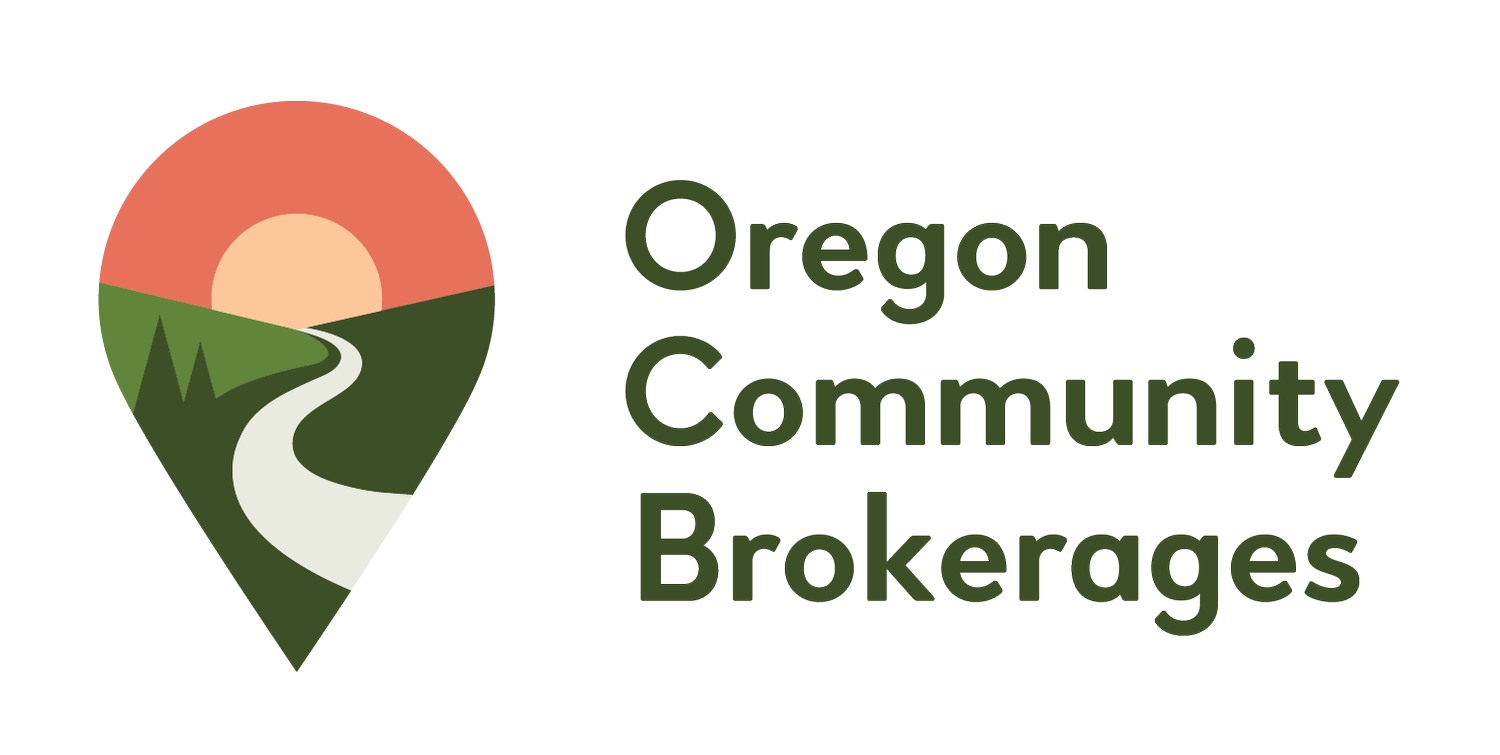The State Budget Process: This Year's Recommendations From the Governor
You may have seen headlines this month about the release of Governor Brown's Recommended State Budget. As discussed in yesterday's post, the Oregon state budget takes several months and three major steps from start to finish. We begin with data, reports, and recommendations from each governmental agency as to how services are currently operating, and what it would take to continue them (ARB). Next, the Governor synthesizes the disparate agency requests into a single budget, recommending it to the legislature, and to all Oregonians (GRB). The state legislature then takes those critical components, pairs them with months of gathered input and information from constituents, and creates a final legislative budget for approval (LAB). Once the Legislatively Approved Budget is formally adopted, the process is complete. Oregon creates a budget every two years.With that full context in mind, here are the initial highlights and headlines for IDD services, as laid out in the GRB:
The state finds itself in need of more revenue to cover increasing costs.
Reduction of Brokerage and CDDP case management funding. 34 CDDPs and 14 Support Services Brokerages provide case management services to approximately 26,000 individuals with IDD. The funding for this service is completely separate and distinct from the money used to fund ISP goals and services. Since implementation of the K-Plan, case management entities have been serving rapidly growing number of individuals with IDD enrolling into the system and have experienced increasing workloads. This budget reduces funding for that work from 95 to 91 percent. This would most likely take the form of increased caseload sizes.
Elimination of the Family-to-Family Network program. With the K-Plan, services are available to all eligible children and adults in Oregon. Families take advantage of the Family-to-Family Network as a critical link to learn about, navigate, and access other local resources and unpaid supports. Family Networks have been extremely popular with families entering the system. This program would be eliminated in this budget. There is no information available as to how this work would be phased out.
Elimination of Regional programs. Regional programs are funded by the state, but the functions are determined by local CDDPs. These functions range from provider training and capacity building, to crisis placement, depending on the needs of the local area. The Region programs would be eliminated in this budget. We do not yet know where some of these responsibilities might be reassigned, and which would be discontinued.
Elimination of the Fairview Housing Trust fund. When Oregon closed Fairview Training Center back in 2000, the proceeds from the land were put into a trust fund, set aside for use in enhancing and supporting the community lives of people with IDD. This budget would defund the trust. The trust is currently under revitalization, with a small, dedicated steering group working to make the money stretch to serve the needs of people living in the community.
Partial rate increase to support Direct Support Professionals. To address the DSP crisis and help stabilize the workforce, the budget funds increasing the rate structure for non-bargained, agency services with a $22.3 million General Fund increase. This is roughly half of what the department requested via a POP (Policy Option Package). This can help reduce the staff turnover rate, increasing safety for individuals with intellectual and developmental disabilities. To truly stabilize the DSP workforce may require more.
You may be wondering about service cuts--will I lose hours? The current level of service is rolled up in something called the Continuing Service Level, or, what it would cost to serve the same folks at the same level for the next two years. Current information indicates that there is no proposed reduction to service levels for IDD services, aside from those already called out above. The current Hours Realignment Project, or 30% reduction to hours allocated through the Adult and Children's Need Assessment, is figured into this service level, and will continue to be rolled out. No additional cut is currently on the table. This is not to say that costs are not continuing to increase, but the overall sustainability of our IDD service system may not be addressed through the budgeting process.
Take a look here for the full text of the Governor's Recommended Budget, including helpful narrative discussion of why costs are up.There are no easy answers to Oregon's budget crunch. This is going to be a difficult budgeting session, due to costs that are rising more quickly than our existing revenue streams. OSSA will continue to share information and perspectives on the budget discussion, including advocacy opportunities for each and every Oregonian to share what is important to them. Please join us!

